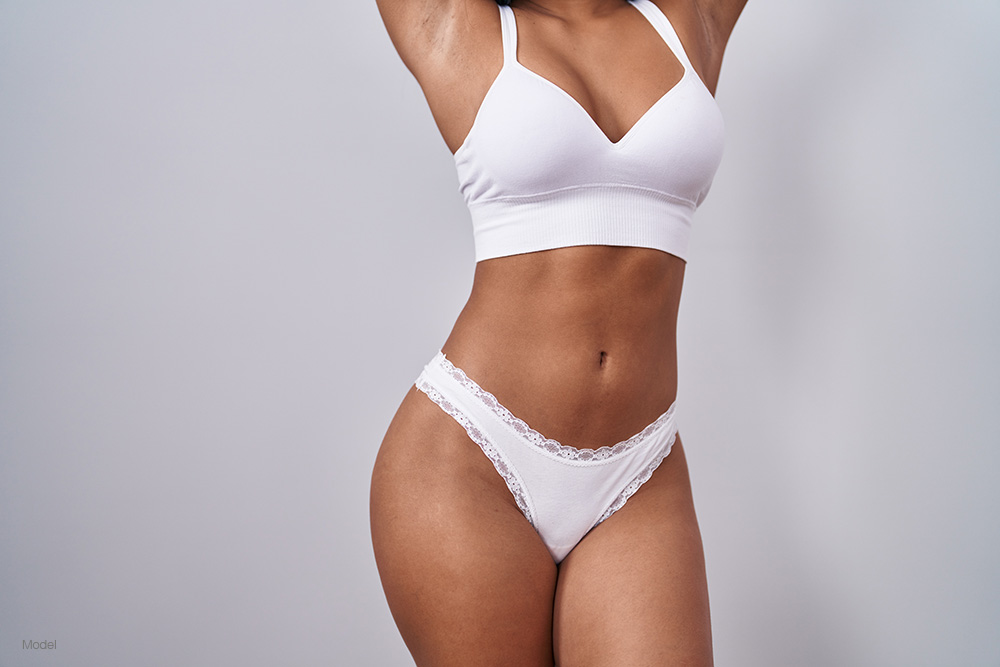
When discussing “percentage of fat survival,” we often refer to the success rate of fat grafting or fat transfer procedures. These procedures involve transferring fat from one part of the body to another to enhance volume, contour, or rejuvenate areas such as the face, breasts, hands, or buttocks. The percentage of fat survival is a critical factor in determining the success and longevity of these procedures.
3 Min Read:
Table of Contents
- Understanding Fat Grafting
- Factors Affecting Fat Survival
- Typical Fat Survival Rates
- Dr. Strawn’s Strategy for Maximum Fat Retention
- Learn More About Fat Grafting in Newport Beach
Understanding Fat Grafting
Fat grafting is a popular cosmetic procedure due to its dual benefits: it reduces unwanted fat from donor areas (like the abdomen or thighs) and enhances volume in target areas, such as the breasts. However, one of the challenges is ensuring that the transferred fat cells survive and integrate with the surrounding tissues.
Factors Affecting Fat Survival
- Technique: The method used to harvest, process, and inject the fat is crucial. Gentle liposuction techniques, careful handling, and proper purification of fat can improve survival rates.
- Recipient Site: The blood supply and condition of the recipient site significantly impact fat survival. Areas with good vascularization tend to support better fat integration.
- Amount of Fat Transferred: Overfilling can lead to increased pressure and reduced blood supply, jeopardizing fat survival. Conversely, underfilling might not achieve the desired volume.
- Patient Factors: Individual factors such as age, health, smoking status, a prior history of radiation, and skin quality can influence outcomes. Non-smokers with a healthy lifestyle generally experience better results.
- Post-Operative Care: Following post-operative instructions, such as avoiding pressure on the grafted area and maintaining optimal hydration and a healthy diet, can enhance fat survival.
Typical Fat Survival Rates
At the end of the day, we don’t really have accurate measuring tools for grafted fat survival, so any surgeon who quotes a survival rate is simply providing an educated guess. Complex and expensive MRI research studies have shown fat survival rates ranging from 30% to 70%, which is not particularly helpful. We know that not all transferred fat cells will survive, and some cell death is expected. Surgeons often account for this by initially overfilling the area to achieve the desired long-term result, which results in reduced survival rates and increases in fat necrosis and oil cysts.
Dr. Strawn’s Strategy for Maximum Fat Retention
- Fat processing: Dr. Strawn’s goal is to minimize trauma to the delicate fat cells by using mechanical-only harvesting, a gentle centrifuge, and quick grafting. Seconds matter when it comes to the survival of kidney and heart transplants—the same applies to fat transplantation.
- Technique: For best retention, fat needs to be grafted as widely distributed as possible. Small droplets of fat are spread far and wide throughout the fat layer of the breast. Inexperienced fat grafters, or those in a hurry, will inject “blobs” of fat, leading to fat necrosis, or dead blobs of fat.
- Tissue limitations: Dr. Strawn grafts as much as possible, without over-grafting. This means he stops when the tissues are “full.” If a surgeon were to keep grafting, they would end up with more dead fat and decreased fat survival.
The percentage of fat survival is a key consideration in fat grafting procedures. While current techniques offer promising results, ongoing research and advancements are likely to further improve outcomes. Your best chance of improving fat graft survival is to work with an experienced surgeon who has years of experience in fat grafting, like Dr. Jon Bradley Strawn.
Learn More About Fat Grafting in Newport Beach
Whether you want fuller cheeks, a rounder butt, or natural breast enhancement, fat grafting is a safe and effective way to sculpt and contour your body. To learn more about the benefits of fat transfer and discover if you’re a good candidate for the procedure, call Scultura Plastic Surgery today at (949) 612-7231 or complete the online contact form.

